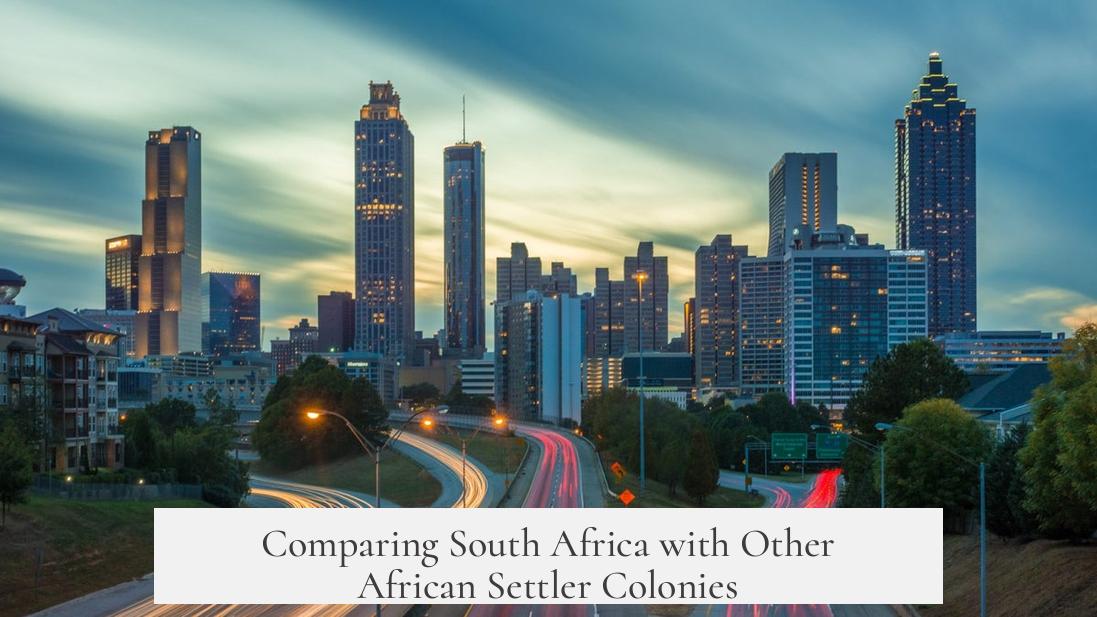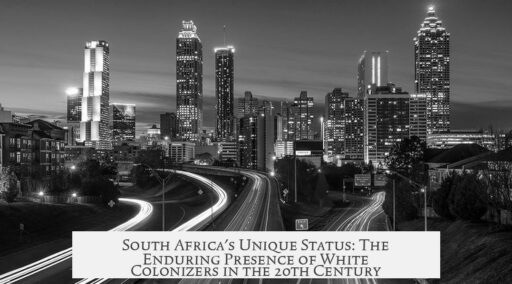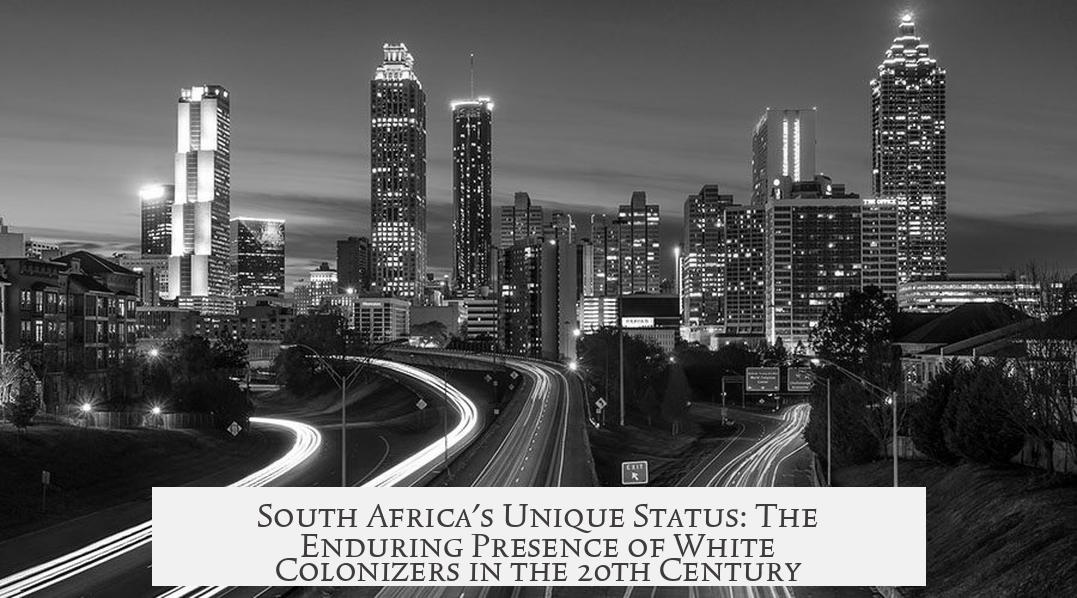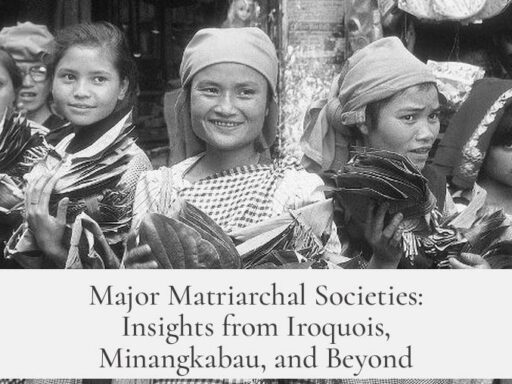South Africa stands out as the only African country where a substantial white settler population and their descendants remained throughout the 20th century due to a combination of historical, political, and social factors unique to the region.
First, South Africa’s late decolonization and the size of its white population set it apart. Compared to other African colonies, South Africa had a larger and more deeply rooted white settler community, whose presence spanned several generations. Unlike in colonies where whites were relatively recent arrivals without deep ties, South African whites considered the country their home. English-speaking whites rarely sought to return to the UK, while Afrikaans-speaking whites viewed their links to the Netherlands as distant, rejecting the idea of leaving.
The African National Congress (ANC) played a pivotal role in shaping the country’s post-apartheid social structure. Uniquely, the ANC pursued a multi-racial democratic vision rather than pushing for a black-only state or total expulsion of whites. This approach reflected a pragmatic understanding that a whites-only or blacks-only government was neither feasible nor desirable for lasting peace. The ANC’s inclusive membership, which involved Indians and whites alongside black South Africans, prevented a race war or large-scale revolution. Instead, South Africa transitioned to democracy through free and fair elections, promoting a multiracial society.
Political dynamics in Southern Africa also contributed. The region experienced delayed decolonization compared to northern and western Africa. South Africa, with aid from the United States, established a zone of influence that slowed liberation movements through the 1970s. Until the mid-1980s, many believed apartheid would continue, providing no immediate reason for whites to emigrate. This prolonged apartheid regime effectively maintained a stable society where the white population felt secure.
In contrast, other African settler colonies like Algeria, Kenya, and Rhodesia experienced violent revolutions that precipitated white flight. Settler communities in these regions were either less rooted or faced forceful expulsion. For instance, Zimbabwe under Mugabe saw forced land seizures aimed at driving whites out. Rhodesia’s white population exhibited instability; between 1955 and 1972, rapid immigration coincided with significant emigration. This contrasted sharply with South Africa’s stable white demographic.
While South Africa is exceptional for retaining large numbers of whites, other African nations still have visible white minorities, though smaller in scale. Countries like Namibia (7% white), Botswana (3%), and Swaziland (3%) maintain significant white populations today. Economic influence of these groups often exceeds their relative population sizes. In Botswana, Boer settlers dominate commercial cattle farming, illustrating continued settler legacies beyond South Africa.
Namibia presents a special case linked to South Africa’s influence. Under South African occupation from 1915 to independence in 1990, Namibia experienced integration into South Africa’s white minority rule framework. Post-independence, Namibia pursued reconciliation policies resembling South Africa’s approach. The 1990 constitution protected apartheid-era civil servants, and courts refrained from prosecuting former South African forces. This political leniency helped avoid mass white emigration seen elsewhere.
National reconciliation policies may have helped temper white emigration; however, their influence is debatable. While Namibia’s approach contrasts with violent reprisals in Algeria, it fails to fully explain Rhodesia’s white exodus despite some political inclusion. Other factors like political stability, perceived security, and economic roles played crucial roles in white settlement persistence.
| Factor | Impact in South Africa | Contrast With Other Colonies |
|---|---|---|
| White Population Size and Roots | Large, multigenerational community deeply rooted | Smaller, newer settler populations with weaker ties |
| Decolonization Timing | Late; maintained stability under apartheid until mid-1980s | Earlier, often violent transitions causing white exodus |
| Political Transition Approach | ANC’s multi-racial democracy avoided racial expulsion | Revolutionary movements demanded removal, sparking violence |
| National Reconciliation | Policies protected whites, encouraged peaceful coexistence | Varied; some countries had reprisals or forced emigration |
- South Africa’s entrenched white population identified strongly with the land, making emigration unlikely.
- The ANC’s inclusive vision fostered a multiracial democracy, avoiding white expulsion.
- Late decolonization and prolonged apartheid created prolonged stability.
- Compared to violent revolutions in other colonies, South Africa experienced a peaceful transition with fair elections.
- Namibia’s similar white population persistence ties closely to South African policies.
- Other African countries still have smaller white communities, but none as large or continuous.
Why is South Africa the Only African Country Where White Colonizers and Their Descendants Stayed Throughout the 20th Century?

South Africa stands as a unique case in African history because, unlike many other African nations, a large and established white population remained there throughout the 20th century. This enduring presence is the result of a complex mixture of historical timing, political strategies, and social dynamics that set South Africa apart from its neighbors.
Let’s dive into the story behind this phenomenon and explore why South Africa’s white population did not experience the major exodus witnessed in other African settler colonies.
The Late Decolonization and Strong White Ties
South Africa was the last African country to decolonize. This delayed independence kept the colonial structures intact far longer than in other regions. The white population in South Africa wasn’t just some transient group; they had deep roots and long-standing ties to the land. This wasn’t a weekend holiday visit—they had been there for generations.
Compare this to Kenya or Algeria, where white settlers often saw their time as temporary or were fewer in numbers relative to the indigenous population. For white South Africans, the country had already become home. The notion of “going back” to the UK or the Netherlands wasn’t even on the table for many.
English-speaking whites found it unlikely to move to the UK, while Afrikaans-speaking whites viewed Europe as a far-off and foreign place. South Africa was their identity.
The Path to Equality Rather Than Expulsion
One of the most striking aspects that defined South Africa’s uniqueness was the stance of the African National Congress (ANC). The ANC never aimed to overturn apartheid by creating a black-only state. They understood that such an approach wouldn’t work in a nation with such an integrated, albeit deeply unequal, population.
Instead, the ANC fought for a multi-racial society based on equality. This meant white people had a place in the new South Africa—albeit a changed one. The ANC itself was multiracial, including black Africans, whites, and Indians, all united against apartheid oppression.
Unlike violent revolutions seen elsewhere, South Africa’s transition, while turbulent, ultimately avoided a race war or widespread violent revolution pushing race relations to a breaking point. The change came through free and fair elections, paving the way for a democracy that included all racial groups.
Regional Dynamics and Apartheid’s Longevity
Southern Africa’s decolonization lagged behind northern and western Africa. South Africa, with strong backing from the United States, created a regional zone of influence aimed at slowing the march of various African liberation movements. Their efforts worked for a time, keeping the apartheid regime in control well into the late 20th century.
Up until the mid-1980s, many in South Africa presumed apartheid would continue, so there was little urgency or incentive for the white population to leave. Unlike in places like Rhodesia or Kenya, the threat of expulsion didn’t loom as large.
Comparing South Africa with Other African Settler Colonies

South Africa wasn’t the only African country where whites tried to build a permanent settler society. Several other places like Algeria, Kenya, and Rhodesia aimed for similar racialized control. However, their experiences couldn’t have been more different.
- In Algeria, violent independence struggles led to whites fleeing en masse.
- Kenya’s Mau Mau uprising spurred a painful transition that saw many whites depart.
- Rhodesia experienced population instability with millions emigrating amid political upheaval.
A key difference? Whites in these countries often didn’t have such strong emotional or historical ties to the land. Many families had lived there only a couple of generations. When faced with the reality of black majority rule, returning to the UK or Europe seemed more appealing compared to staying under African governance.
Zimbabwe (the successor of Rhodesia) offers another example. Robert Mugabe’s policies forcibly pushed many whites out by seizing land and businesses, leading to a large-scale white exodus despite some being deeply connected to the land.
The “Only” Question: What About Other Countries?
South Africa is remarkable for maintaining a large white population, but it’s not the only African country with them. Countries like Kenya, Zambia, Botswana, and Angola still have white minorities numbering in the tens of thousands.
- Zambia has nearly 40,000 white residents, though they represent only about 0.2% of the total population.
- Namibia, Botswana, and Swaziland have even higher proportions—white populations making up roughly 3% to 7% of their total populations.
These smaller groups often retain significant economic influence. For instance, Boers are key players in Botswana’s commercial cattle industry near Ghanzi, an area where many have settled for generations.
Namibia: A South-African Echo
Namibia’s white presence partly reflects South Africa’s colonial footprint. South Africa occupied Namibia from 1915 until independence in 1990, applying much of its apartheid-era white minority rule practices there.
Post-independence Namibia adopted reconciliation policies like South Africa, ensuring tenure for apartheid-era civil servants and granting broad amnesties to former regime collaborators. This political leniency probably eased racial tensions and helped keep the white population stable.
What Really Drives White Emigration From Africa?
National reconciliation policies played a role but can’t explain everything. For instance, Rhodesia had white parties in coalition governments during the early 1980s, but still saw mass white departures.
Political stability, security, and economic prospects also matter. In South Africa, despite struggles, many whites remained optimistic (or at least hopeful) about their place in the future. In contrast, violent upheavals and uncertainty in other countries pushed white minorities to uproot their lives.
Wrapping Up: South Africa’s Unique Story
So, why is South Africa the only African country where the population of white colonizers and their descendants remained throughout the entire 20th century?
It boils down to:
- Late decolonization gave whites more time to embed themselves deeply into South African society.
- Strong white South African identity made “going home” abroad unappealing.
- The ANC’s vision for a multiracial, equal society avoided the violent upheavals that caused white exoduses elsewhere.
- Regional influence and apartheid’s longevity prolonged white political and social control more than in other African settler colonies.
- Emigration elsewhere was driven by instability and a lack of deep white roots, unlike South Africa.
South Africa’s story isn’t just about race or politics. It’s about how history, identity, and pragmatic choices intertwine to shape a nation’s unique social fabric.
And that’s no small twist in the grand story of Africa’s colonial past.
“History doesn’t just repeat itself; it sometimes dances to a different rhythm altogether.”




